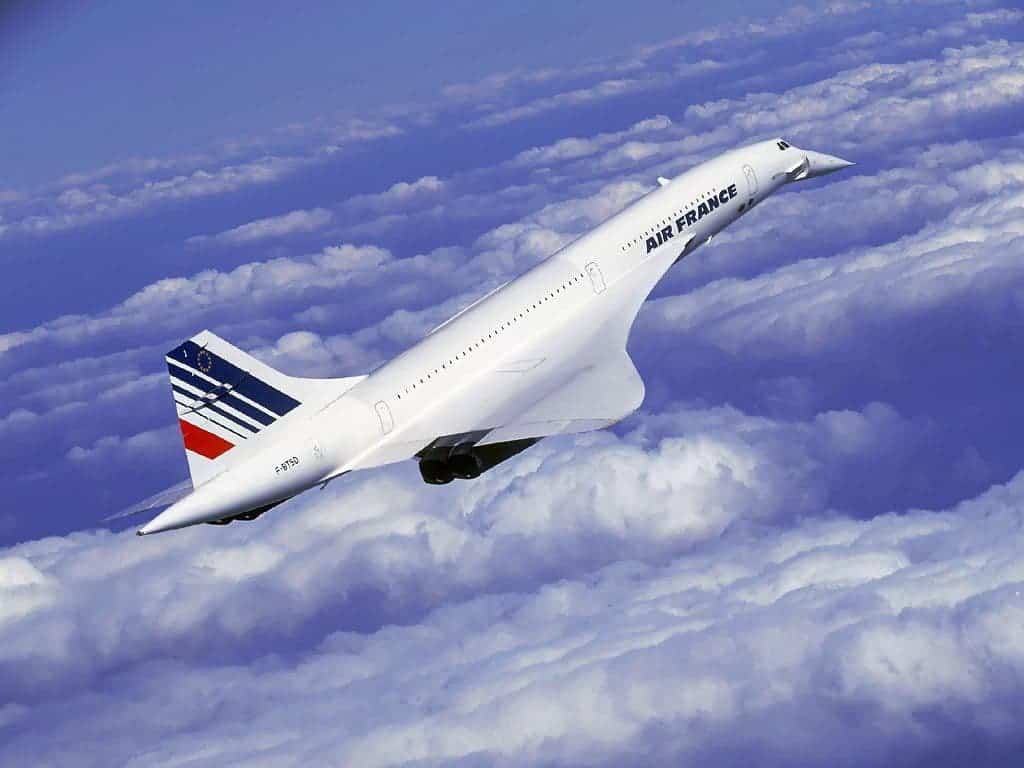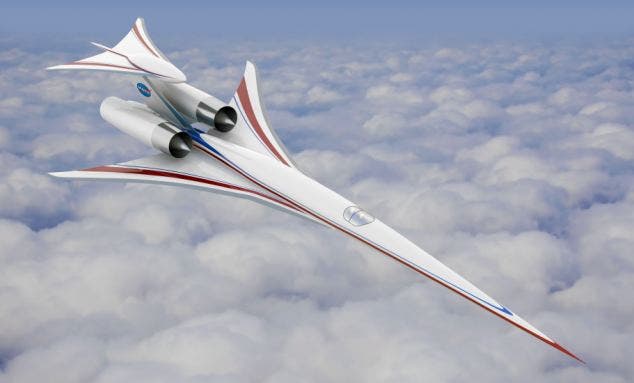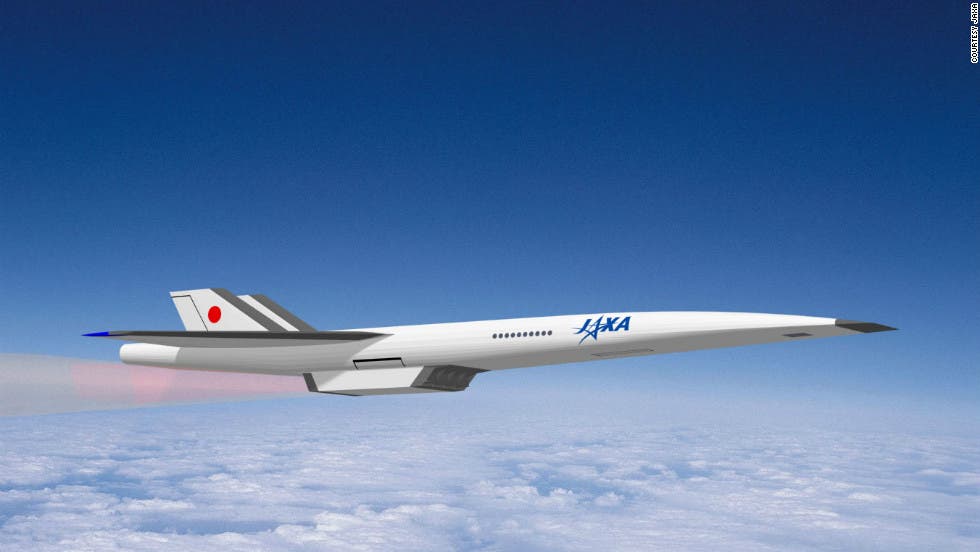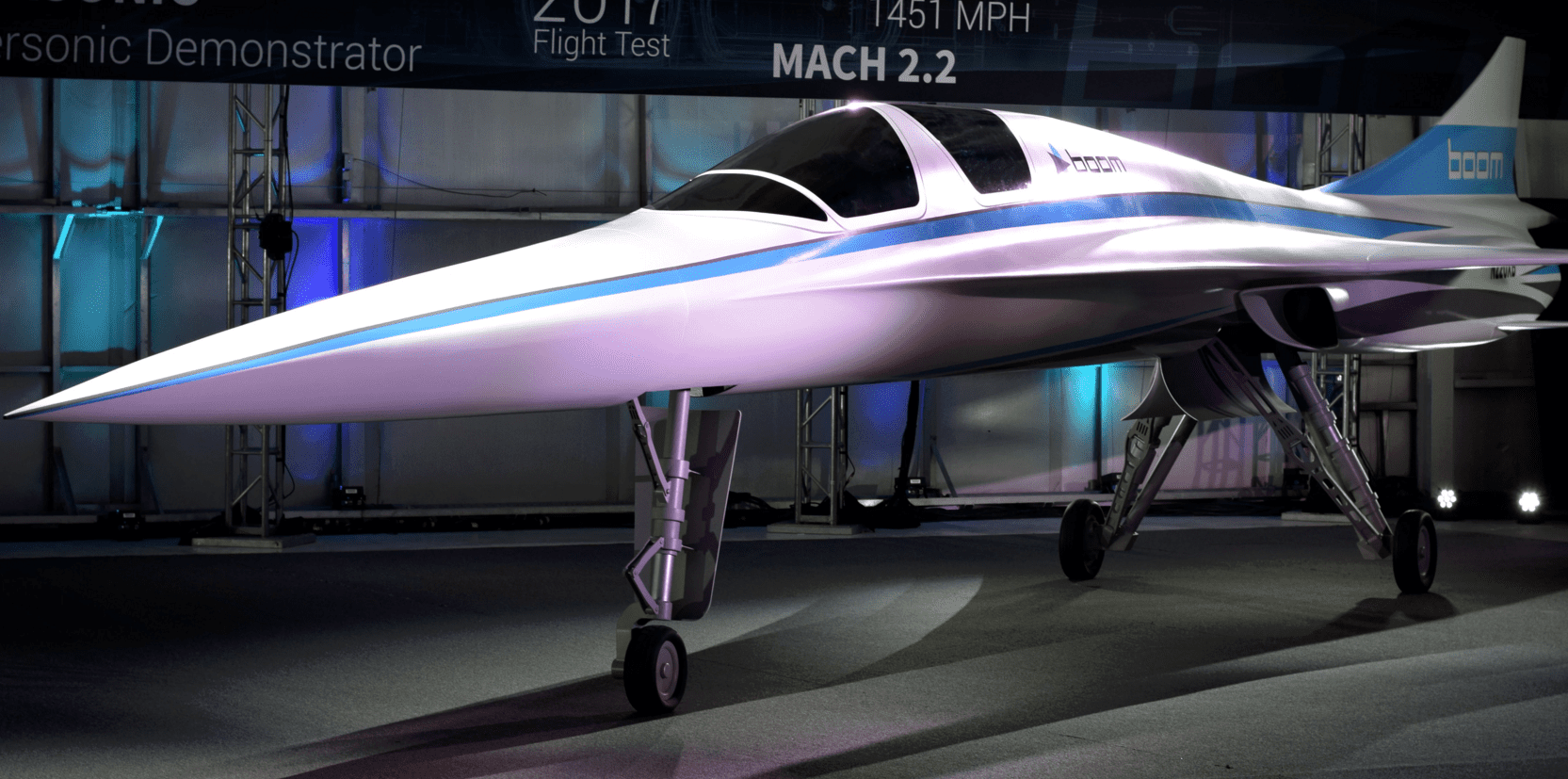
The Concorde was created by Britain’s British Aircraft Corporation and France’s Aérospatiale in the early 1960s. But it wasn’t until 1976 and billions of dollars later that the supersonic plane took its maiden voyage. Because it was very expensive to maintain, only long distance flights made sense and boy did the Concorde deliver – New York to London in just three hours! Today, 12 years after the aircraft was retired, it takes 7 hours. Rightfully so, the Concorde episode is one of the few in human history where society has had to downgrade. Yes, today’s sub-sonic aircraft are more advanced than the Concorde, but still arduously sluggish. Now, a group of Concorde enthusiasts – its fan club if you will – plans to buy up two old units of this vintage wonder. One will be turned into a museum in London, and the other will be refurbished, upgraded and put to good use flying the wealthy faster than the speed of sound.
Club Concorde says it has £160 million to spend on the two aircraft it has eyed gathering dust in a Paris airport. The first plane would be turned into a tourist attraction where tickets sell for £16 a pop, near the London Eye ferris wheel. The second, Concorde Club president Paul James says, will be “resurrected” by 2019 resuming its charter flights.
Only 20 Concorde planes – capable of flying at top speeds of 1,350mph (commercial planes today cruise under 600mph) – were ever made, and one of them unfortunately crashed in 2000 killing 113. Before the crash, the Concorde was largely thought of as the safest plane in the world. The tragedy was the last drop that convinced France’s Aérospatiale to retire the aircraft, sick and tired of the steep maintenance cost. Yes it was fast, but it sucked fuel like a spaceship.

This news begs the question, though: do we really have to wait for some posh business club to bring back supersonic flight? You’d expect hearing from companies “hey, we’ve tried that, didn’t work so well”. Instead, Airbus is actually considering releasing the Concorde 2 – an ever faster model which would supposedly fly from London to New York in an hour. That’s 2500mph. NASA is also testing out a supersonic passenger plane. Aviation manufacturers such as Boeing, Lockheed Martin and Aerion are working on supersonic technology — with the latter predicting it could have a supersonic business jet in service as early as 2020. In the coming decade, the world might finally have access to supersonic flights again: this time even faster, safer and, hopefully, cheaper.




